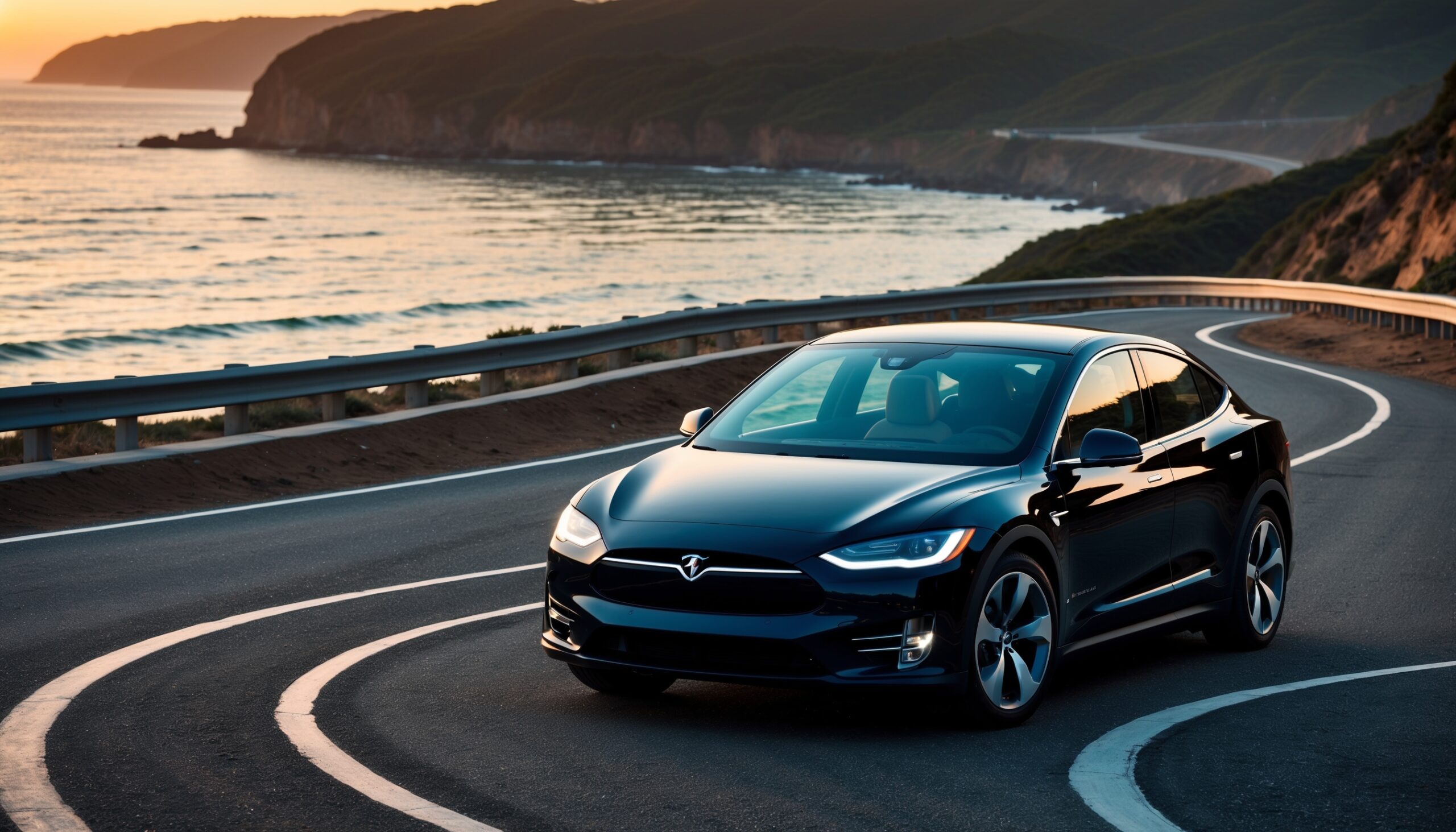Introduction to the 24 Hours of Le Mans
When it comes to endurance racing, few events can rival the 24 Hours of Le Mans. This legendary race, held annually in France, has captivated car enthusiasts and racers alike since its inception in 1923. The event is not just a test of speed but a grueling challenge of durability, strategy, and teamwork. As we dive into the history, significance, and thrilling moments of this iconic race, you’ll discover why it holds a special place in the hearts of automotive lovers everywhere.
The Origins of Le Mans
The 24 Hours of Le Mans was born out of a vision to create a race that would push the limits of automobile engineering and driver skill. The first race took place on May 26-27, 1923, on the Circuit de la Sarthe, a mix of public roads and racetrack. The concept was simple: teams would race for 24 hours straight, with the goal of covering the greatest distance.
Initially, the race was designed to showcase the reliability and performance of production cars. Manufacturers like Bentley, Alfa Romeo, and Bugatti participated, paving the way for a rich history of automotive innovation.
Early Years and Key Milestones
- 1923: The inaugural race saw a Bentley win, setting the tone for British dominance in the early years.
- 1930s: The rise of French manufacturers like Bugatti and Citroën, introducing new technologies and designs.
- 1950s: The dominance of Ferrari and the introduction of the famous Ford vs. Ferrari rivalry.
- 1970s: The emergence of the Porsche 917, which would become one of the most iconic race cars in history.
The Evolution of Race Cars
Over the decades, the 24 Hours of Le Mans has witnessed the evolution of race cars, from simple production vehicles to highly specialized prototypes. This transformation is a testament to advancements in technology and engineering.
Prototype vs. GT Classes
Today, the race features a variety of classes, predominantly divided into Prototype and GT categories. Each class brings its own unique challenges and strategies:
- Prototype Cars: These are purpose-built machines designed for speed and endurance. Manufacturers like Audi, Toyota, and Porsche have all developed cutting-edge prototypes that push the boundaries of performance.
- GT Cars: These are modified versions of production cars, representing brands like Ferrari, Aston Martin, and Corvette. GT racing emphasizes the balance of performance and drivability.
The Race Format
The format of the 24 Hours of Le Mans is what makes it unique. Unlike traditional races, the focus is not solely on who crosses the finish line first, but instead on who can cover the most distance in 24 hours.
Teams consist of multiple drivers who take turns behind the wheel. Each driver must adapt to changing conditions and maintain peak performance over extended periods. Pit stops for fuel, tires, and driver changes are crucial, adding a layer of strategy to the race.
Also Read: Goodwood Festival of Speed
Strategy and Team Dynamics
The success of a team at Le Mans hinges not only on the car’s performance but also on the collaboration between drivers, engineers, and pit crews. Here are some key factors that influence race strategy:
- Pacing: Drivers need to find a balance between speed and conserving fuel and tires.
- Weather Conditions: Rain can drastically alter track conditions, requiring teams to adapt their strategies on the fly.
- Mechanical Reliability: Engineers must ensure the car can withstand the grueling demands of a 24-hour race.
Iconic Moments in Le Mans History
The history of the 24 Hours of Le Mans is filled with dramatic moments that have left an indelible mark on motorsport. Here are a few standout instances:
The Ford vs. Ferrari Showdown (1966)
One of the most famous rivalries in motorsport history unfolded during the 1966 race. Ford, seeking to topple Ferrari’s dominance, developed the Ford GT40. The race culminated in a stunning finish, with three Ford cars crossing the line in a dramatic photo finish. This moment not only defined a generation of racing but also inspired the acclaimed film “Ford v Ferrari.”
The Porsche 917’s Dominance (1970-1971)

The Porsche 917 is often regarded as one of the most successful race cars in history. In 1970 and 1971, it helped Porsche secure victory against formidable competitors. Its iconic design and engineering excellence have made it a legend in the racing community.
Also Read: Barrett-Jackson Collector Car Auction
Allan McNish’s Near-Disaster (2011)
Allan McNish’s crash during the 2011 race remains one of the most shocking moments in Le Mans history. His Audi R18 e-tron quattro collided with another car, resulting in a spectacular crash that saw the car flip several times. Remarkably, McNish emerged unscathed, demonstrating the importance of safety advancements in racing.
The Role of Technology in Modern Racing
As we advance further into the 21st century, technology continues to play a pivotal role in the 24 Hours of Le Mans. Manufacturers invest heavily in research and development to create cars that are not only faster but also more efficient and safer.
Hybrid Technology
One of the most significant advancements has been the introduction of hybrid technology. Cars like the Toyota TS050 Hybrid utilize a combination of traditional combustion engines and electric motors to enhance performance while reducing fuel consumption. This innovation reflects the automotive industry’s shift toward sustainability.
Data Analytics and Telemetry
Teams now rely on advanced data analytics to monitor every aspect of their car’s performance during the race. Telemetry systems provide real-time information on tire pressure, fuel levels, and engine performance, allowing teams to make informed decisions and adjustments as needed.
The Future of the 24 Hours of Le Mans
The future of the 24 Hours of Le Mans looks promising as it continues to evolve. With the introduction of new regulations and classes, such as the Hypercar category, we can expect to see even more exciting developments in the coming years.
Sustainability Initiatives
In response to growing environmental concerns, the race organizers are pushing for sustainability initiatives. This includes promoting hybrid and electric vehicles, as well as encouraging manufacturers to develop more efficient racing technologies. The shift towards greener racing is crucial for the event’s future viability.
Continued Global Appeal
The 24 Hours of Le Mans remains a staple in the motorsport calendar, attracting fans from around the world. Its unique format and rich heritage ensure that it continues to capture the imagination of car enthusiasts everywhere.
Why Car Enthusiasts Should Care
For car lovers, the 24 Hours of Le Mans is more than just a race; it’s a celebration of automotive excellence, innovation, and the spirit of competition. The event showcases the best that the automotive world has to offer, from cutting-edge technology to legendary drivers.
At Torque Feed, we recognize the significance of this event in the automotive landscape. Whether you’re a casual fan or a serious gearhead, understanding the history and evolution of the 24 Hours of Le Mans adds depth to your appreciation of motorsport.
Conclusion
The 24 Hours of Le Mans is not just a race; it’s a testament to human ingenuity, resilience, and passion for speed. As we look ahead, it will be fascinating to see how this iconic event continues to shape the future of motorsport and automotive engineering. Whether you’re watching from the grandstands or following along online, the thrill of Le Mans is something every car enthusiast should experience.












